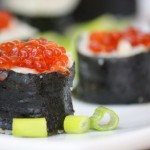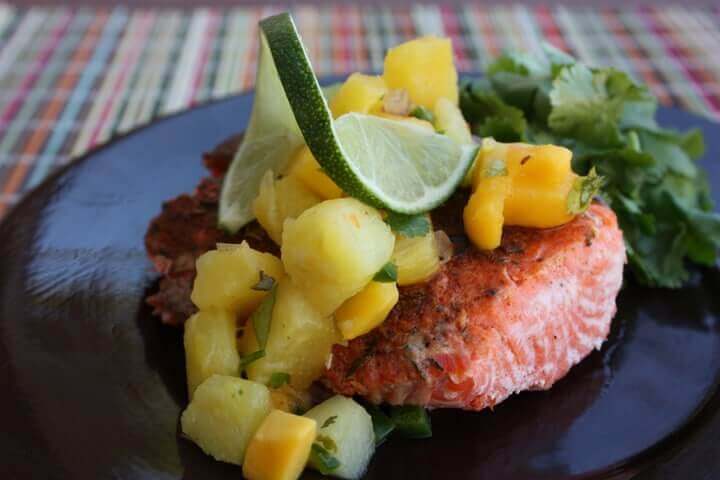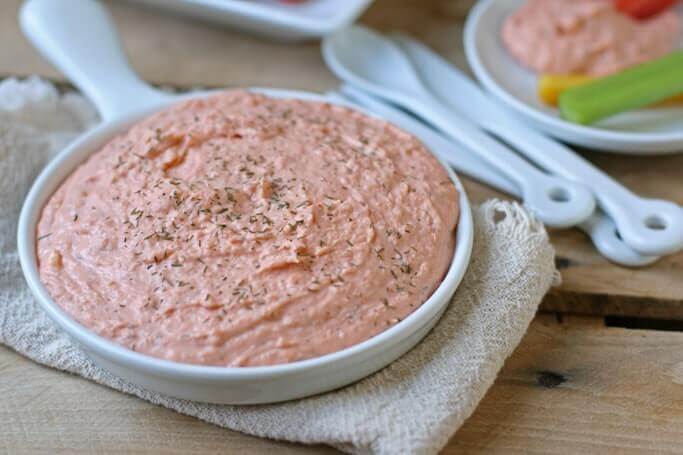
My first recollection of caviar is dry heaving into the sink while dad held my hair. Rude shock doesn’t even cover it. Not that the beluga was bad. It was quite tasty actually, but when you’re eight and expecting grape jelly acceptance takes some time.
First impressions can be hard to get past, but if you’re not a huge fan this is a relationship worth working on. It’s for good reason that many cultures consider roe (uncured caviar) THE sacred food for pregnant and nursing mothers. Rich in mood boosting vitamins D and B12, brain building DHA and EPA, plus tons of minerals and supernutrients we don’t have names for yet, roe is ounce for ounce one of the most nutrient-dense foods we have.
So for all the mama’s I met in parking lots last weekend that asked what to do with the 47+ pounds we ordered of this stuff, here’s my suggestion. 🙂
UPDATE: After more experimenting, I’ve found a method I like more!
- Mix brine (1/3 cup unrefined sea salt and 8 cups water) and place in fridge until really cold
- Soak skein for 15 minutes, then cut in half and place half in a bowl.
- Submerge the other half of the skein back in the brine and begin working the eggs loose
- When all the eggs are removed pour the contents of the bowl over a fine-mesh sieve
- Place collected roe in a bowl and start over with the other half.
Note: Avoid metal wherever possible. It will convey it’s taste to the caviar. I used a fine meshed sieve in the demonstration . . . would have been better if I lined it with a towel. Glass bowls and wooden spoons are best.
Make Red Salmon Caviar At Home {Video Tutorial}
Equipment
- Glass Mixing Bowl
- Plastic or Wood Utensils – Avoid metal when possible while preparing caviar. it will pass on its taste
Ingredients
- 1 full skein salmon roe (about 1 lb)
- ⅓ Cup unrefined sea salt
- 8-12 Cups cold water
Instructions
- Mix the salt and water until the salt is all dissolved. Get a large bowl of ice water ready.
- Place roe sacs in brine and set in fridge for 15 minutes.
- Go to the faucet and get the water running just about as hot as you can take it. Place a fine-meshed sieve in the sink (preferably lined with a towel so that the metal doesn’t touch the roe).
- Using a sharp knife, slit one of the sacs and place it in your hand. Run it under the hot water so that the membrane will contract. Gently massage the eggs away from the membrane and let them fall into the colander. This is the hardest part so take your time. Repeat with the other sac.
- When all the eggs are in the colander, submerge them in a bowl of ice water for 5 minutes.
- Return roe to the salt water brine and place in the fridge for another 15 minutes. (No longer . . . they will be too salty!)
- Pour out the brine and let the eggs drain in the sieve for 15 minutes. Using a wooden spoon place caviar into a clean glass jar and refrigerate for at least a couple of hours before serving. Consume within 3 weeks.
Nutrition
Wondering what to do with this red gold? Try it over grain-free sushi, or Greek-style as taramasalata, with deviled eggs, or as kisses!





